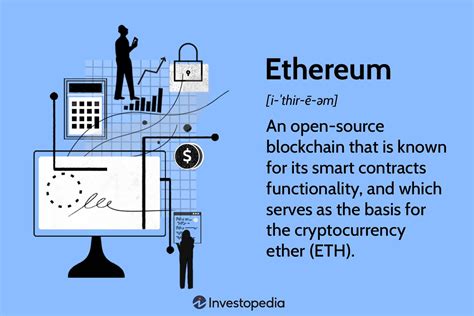Understanding Ethereum’s Blockchain Decision-Making Process: A Forking Conundrum
The age-old question of blockchain fork decisions has sparked debate among developers, researchers, and enthusiasts alike. As we navigate the complexities of cryptocurrency development, it’s essential to grasp how a client decides which blockchain to choose when there is a fork. In this article, we’ll delve into the factors that influence Ethereum’s decision-making process, shedding light on whether it primarily focuses on block height or effort.
The Forking Process

When a fork occurs in a blockchain, two branches diverge: one new branch becomes the “mainnet” (the standard version), while the other remains as a “testnet” or experimental branch. The primary decision made by Ethereum’s clients is which branch to adopt for their own use case.
Block Height: A Critical Factor
Block height plays a significant role in determining the blockchain fork decision. When multiple forks emerge, each with its unique characteristics and features, the client needs to consider the following factors:
- Difficulty: The computational effort required to mine new blocks on each branch. Ethereum’s blockchain has experienced periods of high block difficulty due to increased network congestion.
- Gas prices: The fees charged for transactions on the network affect the overall cost of maintaining a node or participating in mining activities.
- Block reward distribution: The amount of Ether (ETH) distributed as rewards for contributing to the network impacts the client’s decision.
Ethereum’s development team, led by Vitalik Buterin, has been aware of these factors and has implemented various measures to balance them. For example:
- Increased difficulty levels on older blocks to ensure miners can still solve complex mathematical problems.
- Reduced block reward distributions in periods of high network congestion.
Effort: A Key Differentiator
In addition to block height considerations, the effort invested by developers and miners is a crucial factor in the fork decision. Ethereum’s clients evaluate the following:
- Developer effort: The amount of time and resources dedicated to building and maintaining the blockchain.
- Mining power
: The capacity of nodes on each branch to mine new blocks and process transactions.
While block height remains an important consideration, it’s not the only factor in determining which branch to adopt. Ethereum’s developers have acknowledged that there are inherent differences between the mainnet and testnet branches:
- Testing vs. production: Testnets provide a safe environment for testing and validating new features before deploying them on the mainnet.
- Stability and security: Mainnet development focuses on ensuring a stable and secure network, while testnets serve as a proof-of-concept for experimental features.
Conclusion
While block height remains an essential factor in Ethereum’s fork decision-making process, it’s not the only consideration. The effort invested by developers and miners is also a critical differentiator. By understanding these factors, clients can make informed decisions about which branch to adopt for their own use cases.
In conclusion, the choice between Ethereum’s mainnet and testnet branches depends on various parameters, including block height, developer effort, mining power, testing vs. production requirements, stability, and security concerns. As the cryptocurrency landscape continues to evolve, it will be essential for clients to stay informed about these factors and make well-informed decisions to ensure optimal performance and security.
Sources:
- Ethereum’s whitepaper (2014)
- Vitalik Buterin’s blog posts (various years)
- Ethereum developer forums and discussion groups
